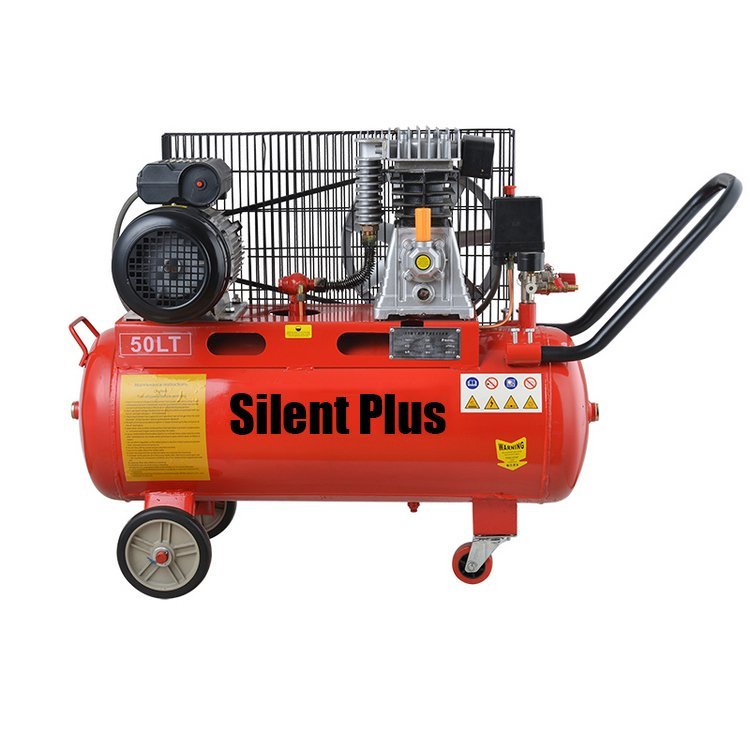So verbinden Sie Ihren zahnärztlichen Luftkompressor und Ihren Behandlungsstuhl: Eine umfassende Anleitung
Verbinden Sie Ihre zahnärztlicher Luftkompressor to your dental chair is an essential part of setting up your dental practice. Proper connection ensures that compressed air gets to your dental handpieces, air syringes, and curing lights. In this comprehensive guide, we'll take you through the steps and highlight important considerations when connecting your dental air compressor and dental chair.
Schritt 1: Machen Sie sich mit den Luftkompressoranschlüssen vertraut
- Locate the air compressor connections on the back or bottom of the unit. Most dental air compressors have two connections labeled "Air Out" and "Air Exhaust."
- Identify the "Air Out" connection where you will connect the air line from your dental chair.
- Identify the "Air Exhaust" connection where excess pressure is released.
Schritt 2: Lokalisieren Sie die Anschlüsse des Behandlungsstuhls
- Refer to the manufacturer's manual or diagram to locate the connections on your dental chair. The typical connections are "Air In," "Water In," and "Water Out."
- Identify the "Air In" connection where you will connect the air line from your dental air compressor.
Schritt 3: Schließen Sie Ihre Luftleitung an
- Use a high-quality air hose to make the connection between the "Air Out" connection of your dental air compressor and the "Air In" connection on your dental chair.
- Sichern Sie die Verbindung fest mit geeigneten Beschlägen.
- Stellen Sie sicher, dass der Luftschlauch nicht verdreht oder geknickt ist.
Schritt 4: Wasserleitungen anschließen (falls zutreffend)
- Wenn Ihr Behandlungsstuhl über Wasserleitungen verfügt, schließen Sie diese ebenfalls an.
- Verbinden Sie die Wassereinlass- und -auslassleitungen Ihres Behandlungsstuhls mit den entsprechenden Wasserversorgungsleitungen.
- Verwenden Sie Teflonband oder ein Dichtmittel, um sicherzustellen, dass die Verbindungen dicht sind.
Schritt 5: Stellen Sie den Luftdruck ein
- Suchen Sie den Druckregler an Ihrem zahnärztlichen Luftkompressor.
- Drehen Sie den Regler gegen den Uhrzeigersinn, um den Druck zu verringern, oder im Uhrzeigersinn, um den Druck zu erhöhen.
- Refer to the manufacturer's manual or contact the equipment manufacturer to determine the recommended air pressure for each piece of equipment you will be using.
- Set the air pressure according to the manufacturer's specifications.
Der empfohlene Luftdruck für Dentalgeräte kann je nach Hersteller und Modell des Geräts variieren. Hier sind einige allgemeine Richtlinien:
- Hochgeschwindigkeits-Handstücke erfordern normalerweise einen Luftdruck zwischen 35 und 60 psi.
- Langsamlaufende Handstücke erfordern zwischen 15 und 25 psi.
- Polymerisationslampen benötigen normalerweise einen Luftdruck von 40 bis 50 psi.
Überprüfen Sie immer die spezifischen Empfehlungen für jedes Gerät, das Sie verwenden werden, um sicherzustellen, dass Sie den richtigen Luftdruck einstellen.
Schritt 6: Testen Sie Ihre Ausrüstung
- Schalten Sie Ihren zahnärztlichen Luftkompressor ein.
- Prüfen Sie, ob Druckluft durch Ihren Behandlungsstuhl und Ihre Handstücke strömt, indem Sie sie aktivieren.
- Test each piece of equipment to ensure that it's working correctly.
Wichtige Überlegungen
- Always follow the manufacturer's instructions when installing or connecting any dental equipment.
- Überprüfen Sie den Luftkompressor und den Behandlungsstuhl regelmäßig auf Undichtigkeiten, lockere Anschlüsse oder andere Schäden.
- Verwenden Sie nur hochwertige Luftschläuche und passende Armaturen.
- Überschreiten Sie niemals die empfohlenen Luftdruckgrenzen Ihrer zahnärztlichen Ausrüstung.
- Tragen Sie beim Arbeiten mit Druckluft Schutzausrüstung wie Schutzbrille und Handschuhe.
Abschluss
Connecting your dental air compressor and dental chair is a critical step in setting up your dental practice. Ensure that all connections are tight and secure, always follow the manufacturer's instructions, and take necessary precautions when working with compressed air. By following these steps and considerations, you can maintain your equipment properly and provide excellent care to your patients.


